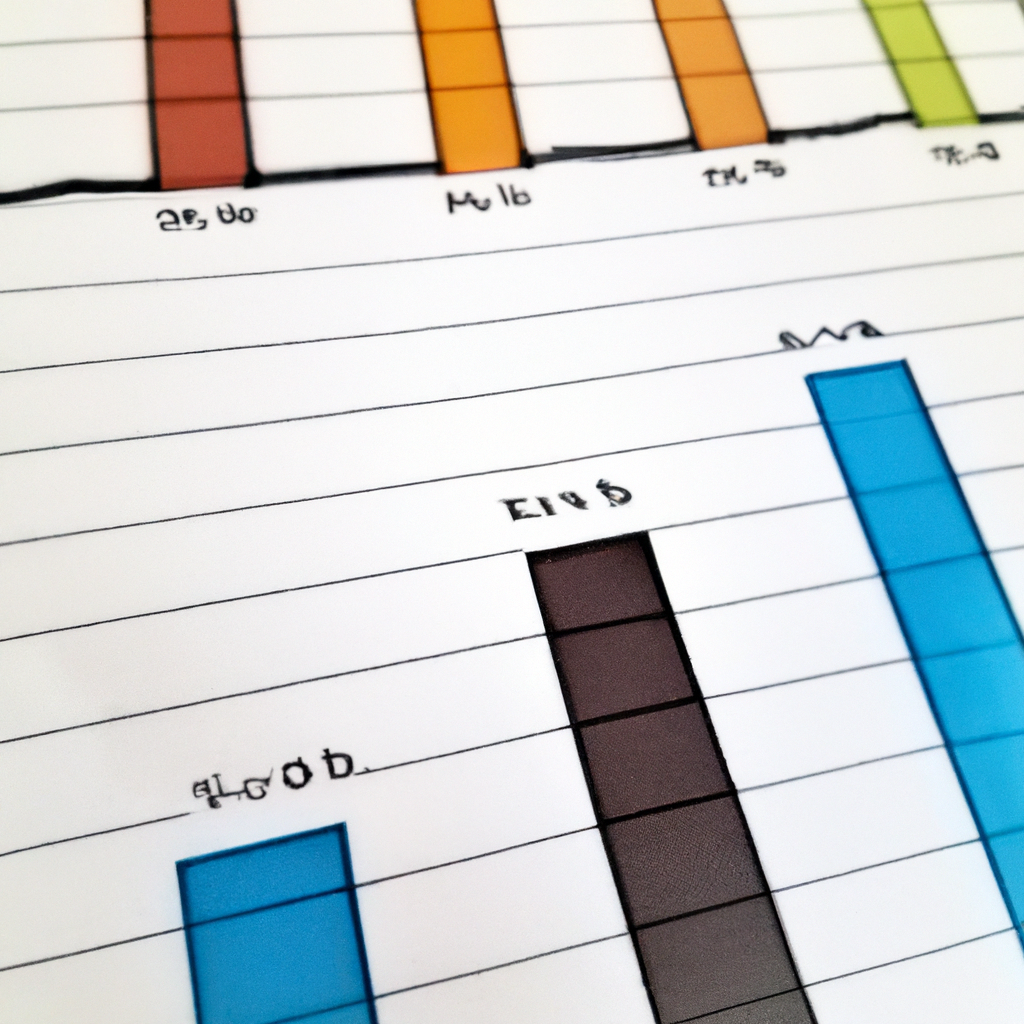
Identifying Common Chart Patterns
Introduction
Chart patterns are a crucial aspect of technical analysis in trading. By recognizing these patterns, traders can predict future price movements and make informed decisions. In this article, we will discuss some of the most common chart patterns that traders should be familiar with.
Head and Shoulders
One of the most well-known chart patterns is the head and shoulders pattern. This pattern consists of three peaks – the left shoulder, head, and right shoulder – with the middle peak (head) being the highest. The pattern signals a potential trend reversal, with the price likely to move in the opposite direction after the formation of the right shoulder.
Double Top/Bottom
The double top pattern occurs when the price reaches a peak twice at a similar level before reversing its direction. Conversely, the double bottom pattern occurs when the price reaches a low twice at a similar level before reversing its direction. These patterns indicate a potential reversal in the current trend.
Triangles
Triangles are chart patterns that indicate a period of consolidation before a breakout. There are three main types of triangles – ascending, descending, and symmetrical. Ascending triangles have a flat top and a rising bottom, while descending triangles have a flat bottom and a falling top. Symmetrical triangles have converging trendlines and do not have a bias in terms of direction.
Flags and Pennants
Flags and pennants are continuation patterns that occur after a strong price movement. Flags are rectangular-shaped patterns that slope against the prevailing trend, while pennants are small symmetrical triangles that form after a sharp price movement. These patterns suggest that the price is likely to continue in the same direction after a brief consolidation period.
Conclusion
By familiarizing yourself with these common chart patterns, you can enhance your ability to analyze price movements and make more informed trading decisions. Remember that chart patterns are not foolproof indicators and should be used in conjunction with other technical analysis tools for a comprehensive trading strategy. Practice identifying these patterns on historical price charts to improve your pattern recognition skills and increase your chances of success in the financial markets.





